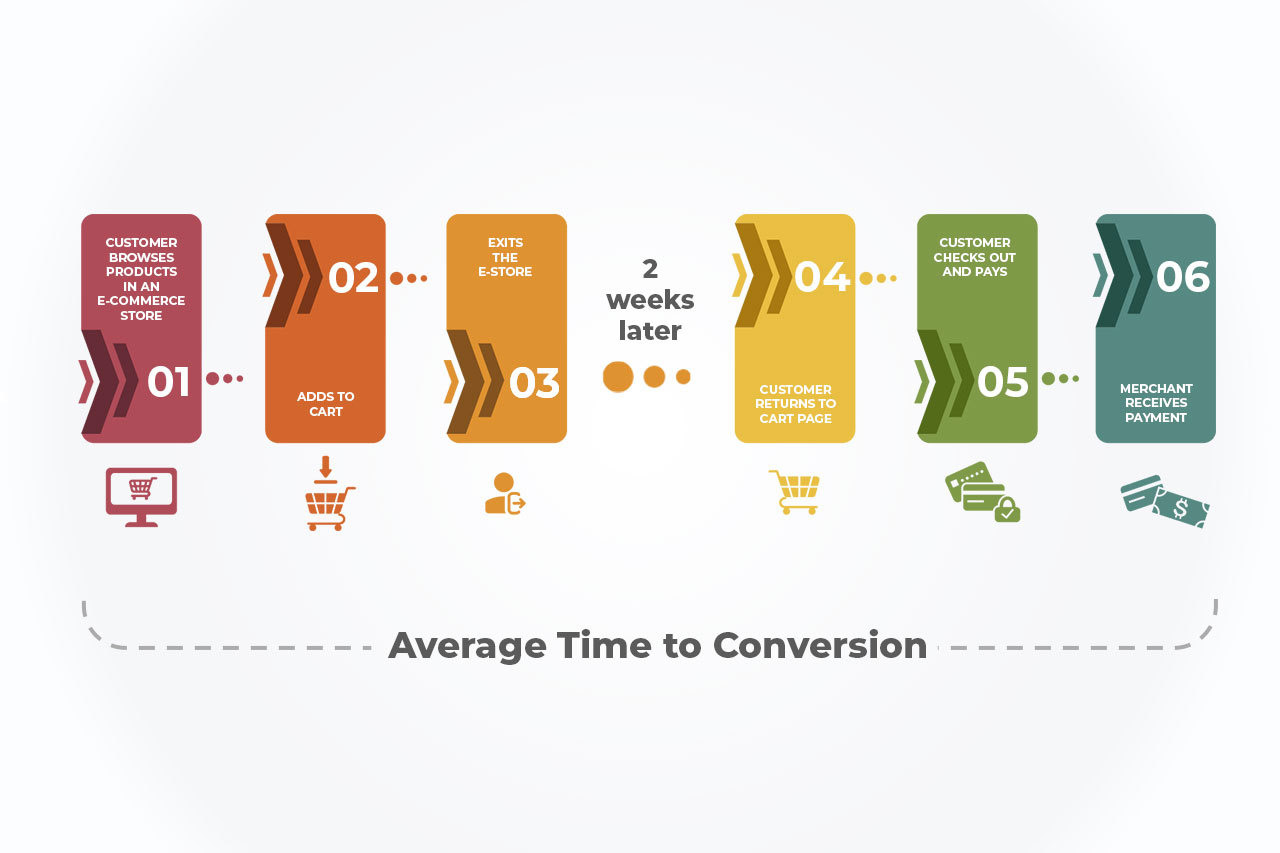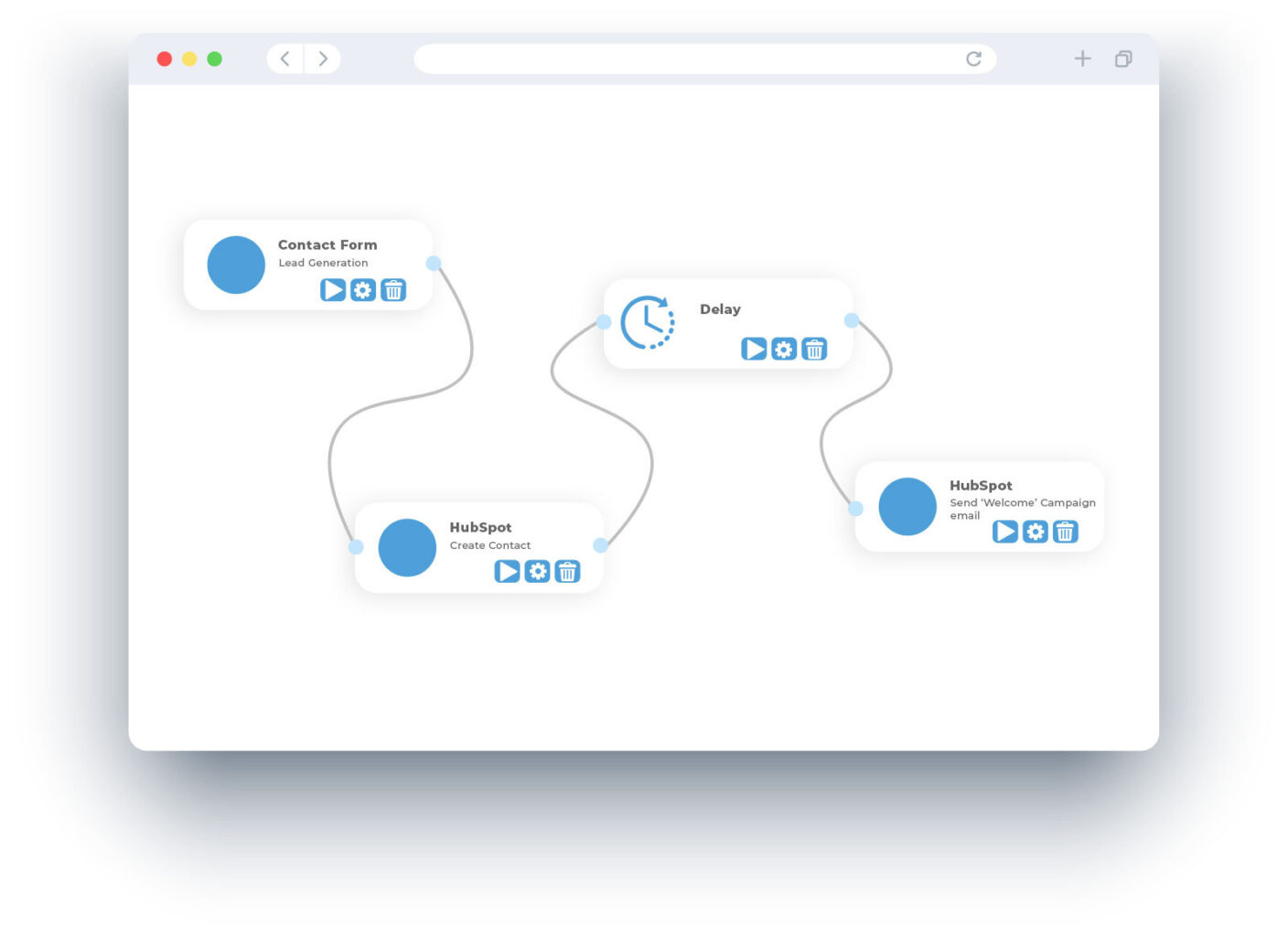Retail, like other businesses across all industries, is constantly changing due to the ever-evolving needs and expectations of customers. And to stay ahead of the curve, brands must keep up with the ever-changing market or lose out on their leverage—customers. So in the face of constant uncertainty, one way to ensure success is to keep up with the latest business tools and processes. Business Process Automation sits at the top of the most important things that can help your business thrive.
Wondering what BPA is and how it can help your retail business?
Business Process Automation (BPA) is the use of technology to automate and streamline business processes.
- It reduces the need for manual work and minimizes errors
- By automating manual tasks, you can speed up operations and make your processes more efficient
- BPA tools help to automate data entry, inventory management, marketing, and customer service
- With the right BPA strategy, you can free up your employees’ time to focus on more strategic activities
- BPA helps to close sales faster and build relationships with customers
- It can significantly reduce the time it takes to convert a customer from their initial interest phase to making a purchase
As you read on, we’ll share practical examples of how Business Process Automation has helped retail businesses reduce their average time to conversion and best practices for successful implementation. But first, what is the meaning of Average Time to Conversion (ATC), why you should pay attention to it, and how it contributes to your overall business goals?
Let’s discuss ATC briefly.
What is the Average Time to Conversion?

Average time to conversion (ATC) is a metric that measures how long it takes for a customer to move from the beginning of the sales journey to complete the purchase. In other words, it is the duration between the moment a potential customer shows interest in your product or service and the point when they finally make a purchase.
For example, a customer lands on your e-commerce website or retail store and browses through products. Even if the customer leaves your website without making a purchase, the duration between that first interaction and when they eventually return to make a purchase is their average time to conversion.
The average time to conversion is crucial to retail businesses as it indicates the effectiveness of their marketing and sales efforts in converting leads into paying customers. It helps retailers measure customer satisfaction, identify areas for improvement, and determine the overall success of the sales process.
The shorter the ATC, the higher the conversion rate, and the better your business performs. And, to reduce the ATC, you’ll need to streamline your sales processes and optimize your marketing strategies.

How Business Process Automation Reduces Average Time to Conversion

1. Streamlining Business Processes

The primary way BPA helps retail businesses reduce ATC is by streamlining business processes. Using business process and CRM automation tools, you can quickly set up processes that perform tasks automatically, while saving time and resources.
With CRM automation, you can eliminate bottlenecks in your sales funnel, which ordinarily slows down the conversion process. You’ll be able to automate tasks like lead qualification, follow-up calls, and email marketing. This means that your customers are engaged at the right time and in the right way, and it ultimately leads to faster conversion rates.
2. Automating Repetitive Tasks

Automating repetitive, time-consuming tasks is another effective way to reduce conversion time. Hire Business Process Management Consultants to help you set up and automate processes like data entry and report generation.
This frees up time for employees to focus on higher-value tasks that require human expertise, such as building customer relationships and providing personalized services or recommendations. Business Process Automation allows you to get involved in the more complex tasks that need human insight and analysis, giving room for more accurate data analysis and conclusions.
3. Improving Communication and Collaboration

Business Process Automation also facilitates improved communication and collaboration between departments, which is essential in reducing ATC. With better communication and data sharing, departments can work together more efficiently to nudge leads and convert them. By integrating all aspects of the sales funnel into a single, streamlined system, everyone on your team will have access to the same information. This trickles down to more informed decision-making and a faster sales cycle.
4. Improving Accurate Data Analysis
Business Process Automation allows for faster and more accurate data analysis, which can help you identify areas your sales funnel is slowing down or where improvements can be made. With BPA tools, retailers can quickly collect and analyze data to make informed business decisions. You’ll get to use predictive analytics and machine learning algorithms to gain deeper insights into customer behavior and preferences, create targeted marketing efforts, and increase sales and conversion rates.
Examples of Retailers That Have Used BPA to Reduce Their ATC

1. Amazon
Amazon is a great example of a retail business that is utilizing Business Process Automation to reduce its average time to conversion. For example, Amazon uses machine learning algorithms to predict customer behavior and suggest products that they are likely to purchase. Also, by automating the order fulfillment process, Amazon is able to fulfill orders quickly and accurately, and this leads to a shorter average time to conversion of customers. Besides this, Amazon’s warehouses are automated. Robots pick and pack products to ensure faster delivery.
2. Adidas
Adidas uses a comprehensive suite of Business Process Automation tools to streamline its conversion process. Its automated supply chain process helps to reduce the time it takes to get products to customers. Adidas also integrated an automated product recommendation system that offers customers personalized product suggestions based on their past behavior and preferences. With the help of an automated order confirmation system, its customers get instant order confirmations. Adidas also uses BPA tools to automate its order processing and inventory management process, so it fulfills orders faster and more accurately. This results in a shorter average time to conversion for customers.
3. The Iconic
The Iconic, a Sydney-based, Australian online fashion and sports retailer, is another retail business that has implemented BPA to reduce ATC. By implementing an automated checkout system, a real-time inventory system, and an automated customer service system, The Iconic has successfully reduced its average time to conversion. With these technologies in place, customers can quickly purchase goods, receive instant updates on their order statuses, and get help from customer service representatives in no time.
4. Walmart
Walmart is another retail giant that has successfully utilized Business Process Automation to reduce the average time to conversion. It uses CRM automation to connect customers with customer service representatives in an instant. Walmart also uses Business Process Automation tools to optimize its pricing strategy. Through dynamic pricing algorithms, Walmart can adjust prices in real-time, which helps the e-commerce business stay competitive and attract more customers. This in turn increases conversion rates, as customers are more likely to make a purchase when they feel they are getting a good deal.
BPA Tools That Can Reduce Average Time to Conversion

1. Customer Relationship Management (CRM) Software:
You can use a CRM Software to manage customer interactions and data, as well as better understand and respond to customer needs. With CRM automation, you’ll be able to optimize marketing campaigns, track customer preferences and behaviors, and respond to customer inquiries faster. When you engage with your customers more efficiently, you’ll reduce the time it takes for them to convert.
2. Inventory Management Software
An automated inventory management software will help keep track of inventory levels and replenish stock when necessary with precisely the right amount of inventory you need. This means you can reduce the time it takes to restock and ensure that you always have the right products in stock to meet customer demand.
3. Point of Sale (POS) Systems
If you own a retail business, you can also use POS systems to process sales transactions, identify trends, and manage customer data. With a POS system, you can automate the sales process and track customer purchase histories. This will help you identify your customers’ preferences, tailor your marketing strategies accordingly, and reduce the time it takes for customers to convert. Also, you can use the data generated here to make informed decisions about inventory, pricing, sales, and revenue.
4. Order Management Software
Another Business Process Automation tool that can help you reduce your ATC is an order management software. This BPA tool helps retailers manage the entire order process, from placement to receipt to fulfillment. By automating your order management process, you can reduce the time it takes to process orders and get products to customers. This leads to faster delivery times and a better customer experience.
How to Choose the Right BPA Tools for Your Retail Business

Choosing the right Business Process Automation (BPA) tools is not a walk in the park as there are many options available in the market. If you are looking to implement BPA, talk to a Business Process Management consultant. However, if you must DIY, there are some factors you should consider and steps to take before choosing a BPA tool for your conversion challenges.
1. Identify the business processes that need automation
Before adopting a Business Process Automation solution, identify the specific areas of your retail business that need automation and learn the metrics you can use to track performance. For instance, if you want to reduce the time taken to complete an online order, you may need to automate your order fulfillment process and examine its effectiveness from time to time. But if you are unable to identify the processes that need automation and the metrics to track, ask a Business Process Management Consultant for expert advice.
2. Analyze existing software systems
You should analyze your existing software systems and check if the BPA tool you are considering is compatible with them. You’ll have to also check if the process of integrating all your tools will not cause any disruptions.
3. Consider the ease of use
Another factor to consider when choosing a BPA tool is its user-friendliness. Ensure that the BPA tool you intend to implement for your retail business is easy to use. The tool must be user-friendly and require minimal training for employees to begin to use.
4. Check for scalability
You should also ensure that your BPA tool can scale with your business as it grows. Read reviews or ask Business Process Management Consultants about how to manage your processes when orders and sales increase as your business grows.
5. Create a budget and evaluate the cost
Before choosing a BPA tool, set up a budget and evaluate the short and long-term costs of the entire automation process. Be sure that the cost of using and optimizing the tool is within your budget and that the tools provide a good return on investment.
6. Read reviews
Before making a purchase, research and read reviews from current users of the Business Process Automation Tool you plan to use. For instance, you may want to compare two popular CRM and BPM automation tools HubSpot and Ontraport to learn their features and shortcomings. This will help you get a better understanding of how the tool works and whether it’s the right fit for the current needs of your business.
Let’s Recap
Business Process Automation can offer a variety of benefits to retail businesses, including reducing the average time to conversion and improving their overall efficiency. Automating processes such as inventory management, customer service, and payment processing can help reduce the amount of time and resources needed to complete orders. You’ll also save time, money, and resources in the long run.
If you need more clarity and professional advice and would like to take advantage of our wealth of experience book a free consultation with our team of Certified Business Process Management Consultants. Let’s help you create and manage processes that will reduce your Average Time to Conversion and scale your retail business.


